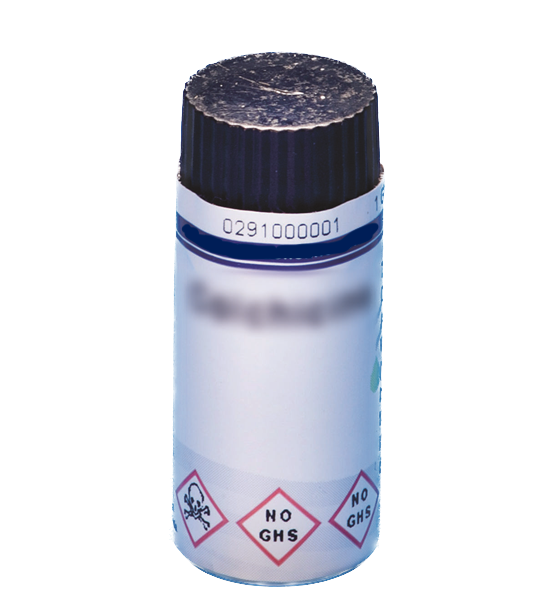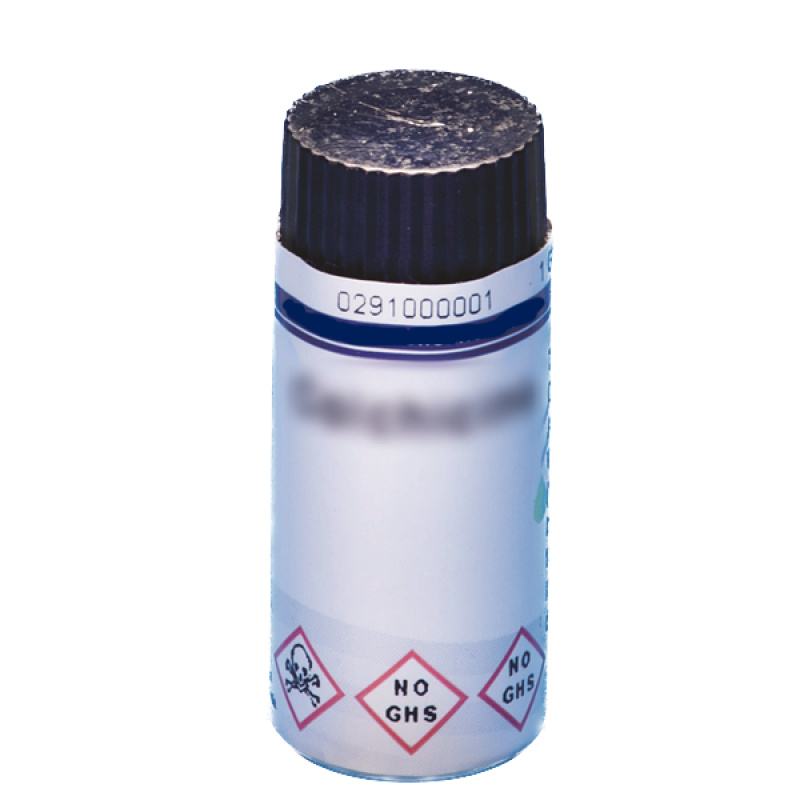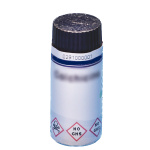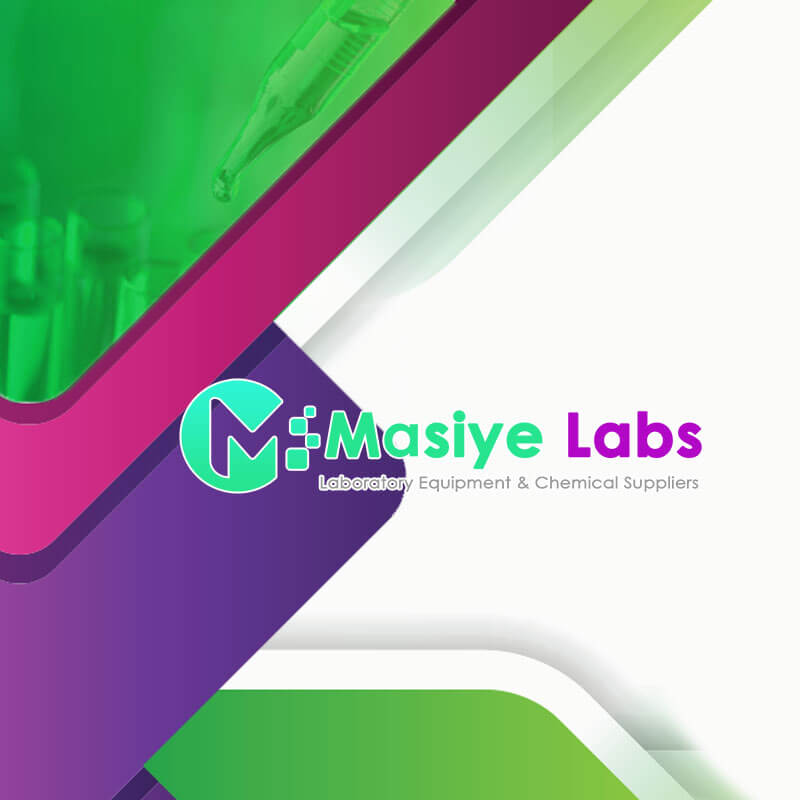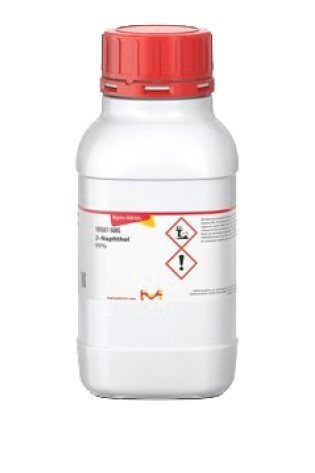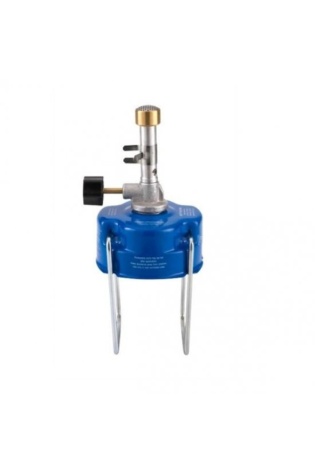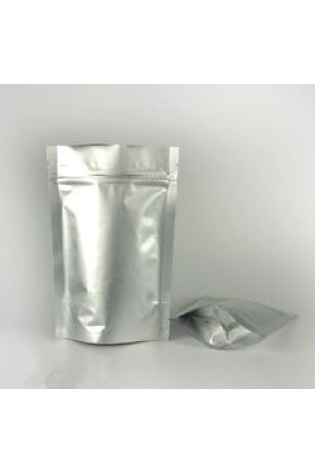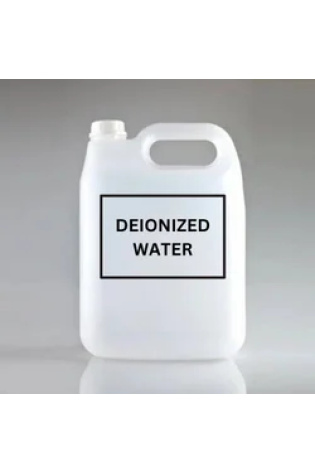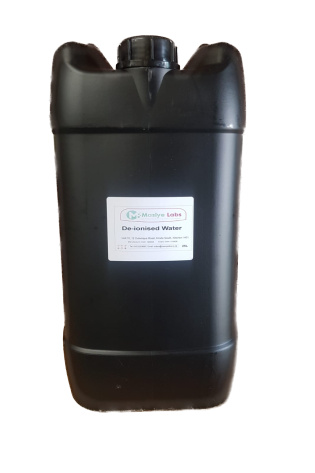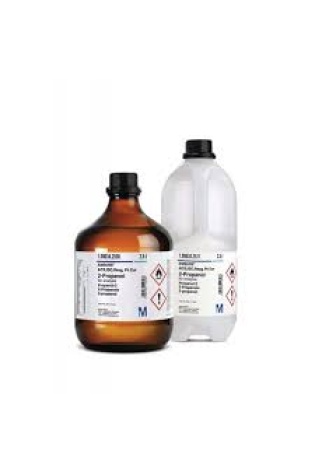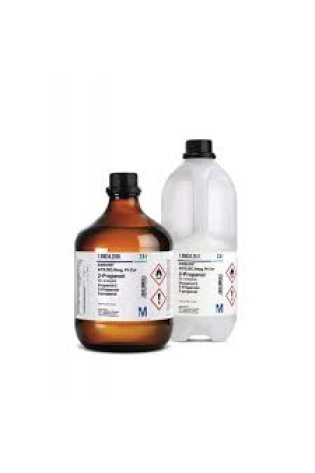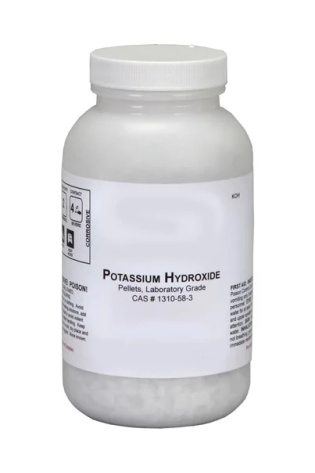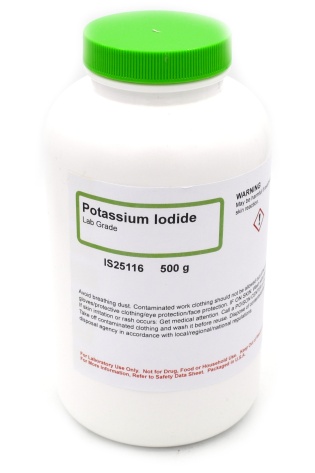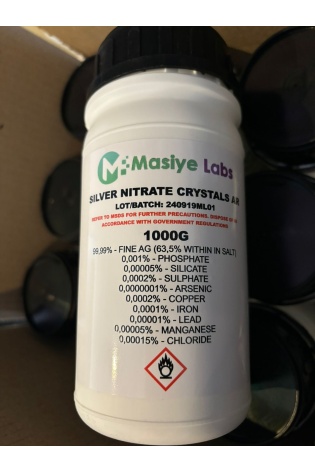2-Bromobutane CP 100g
In a laboratory setting, 2-bromobutane (CP 100g) is primarily used as a starting material for organic synthesis, particularly in the preparation of Grignard reagents, where it reacts with magnesium to create a reactive organometallic compound that can be further used to synthesize various organic molecules like alcohols, ketones, and carboxylic acids; it can also be used to study nucleophilic substitution reactions due to its secondary carbon-bromine bond.
Key lab uses of 2-bromobutane:
Grignard reagent synthesis:
The most common application, where 2-bromobutane reacts with magnesium to form a secondary butyl Grignard reagent, which can then be used to introduce a secondary butyl group into other molecules through nucleophilic addition reactions.
Nucleophilic substitution reactions:
Studying the reactivity of 2-bromobutane in SN1 and SN2 reactions due to its secondary carbon center, allowing for comparisons of reaction rates and mechanisms with other alkyl halides.
Synthesis of other organic compounds:
2-Bromobutane can be used as a precursor to synthesize various organic molecules like 2-butanol (via hydrolysis), 2-butene (via dehydrobromination), and secondary butyl cyanide (via reaction with cyanide ion).
Research applications:
Investigating the stereochemistry of reactions involving 2-bromobutane, as it can exist as enantiomers due to its chiral carbon center.
Important points to consider:
Toxicity:
2-Bromobutane is a hazardous chemical, and appropriate safety precautions like gloves, fume hood, and proper disposal should be taken when handling it.
Purity:
“CP 100g” indicates a chemically pure grade, meaning it has a high level of purity and is suitable for most laboratory applications.
2-Bromobutane CP 100g
